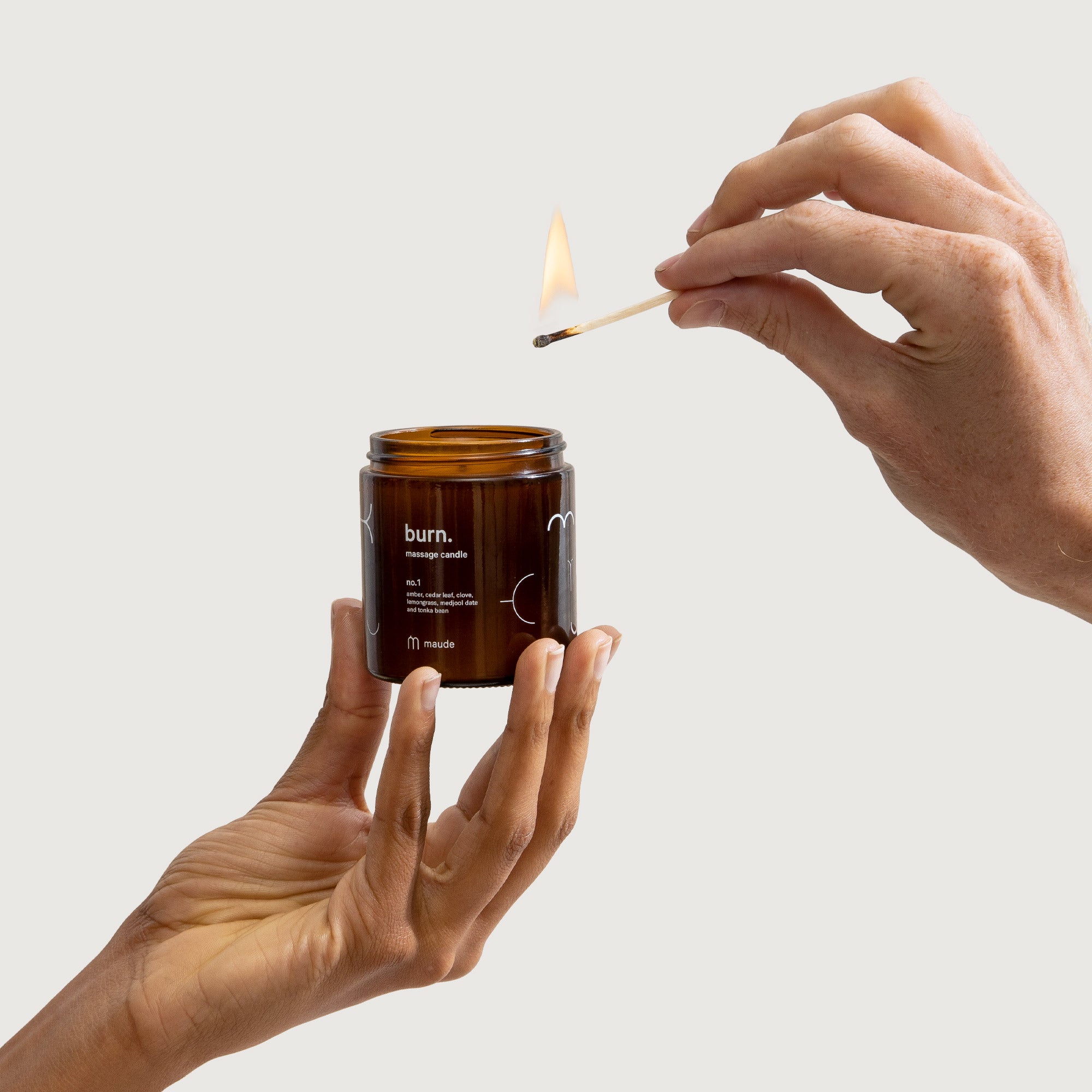Hollywood’s rules on sex.

How does the movie industry regulate the sexy stuff?
The early days
As soon as movies were invented, people got to work making them sexy. The first commercial screening of a film was in 1895, and by 1896 there was at least one erotic film, France’s seven-minute striptease short Le Coucher de la Mariée. Thomas Edison produced a few films on the sexy side in the final few years of the nineteenth century, including an eighteen-second silent film that had the first kiss ever shown, and a partially-censored belly-dancing clip called Fatima’s Hoochie-Coochie Dance.
In the early years of the twentieth century, film technology moved incredibly quickly, and various groups around the world began making everything from lightly risque comedies—kissing in public was incredibly scandalous at the time, so a bit of smooching on-screen was pretty out-there—to full-on porn. As filmmaking became more and more widespread and cinema swiftly became integrated into everyday life for millions of people, there was an immediate sense of moral panic at what society might be exposed to. Films like the 1910s The Abyss were censored for their overt eroticism, and there was a mixture of excitement and trepidation at what this new medium could expose people to.
“Don’ts and Be Carefuls”
In the 1910s, filmmakers headed West to Hollywood and everything went stratospheric. With all of this came calls for regulation—a 1915 Supreme Court case made it clear that free speech laws didn’t extend to film, while individual states had very different views on what was and wasn’t acceptable. A lot of films originated as stage plays in New York, which had more liberal standards than a lot of more conservative areas. A system where every state had different rules wasn’t going to be sustainable for Hollywood, so the decision was made by studio heads to create a voluntary code of conduct that would mean the films they made could be shown nationwide.
The adorably-titled list "Don'ts and Be Carefuls" was published in 1926, explicitly forbidding depictions of various things onscreen. These included “Any licentious or suggestive nudity—in fact or silhouette; and any lecherous or licentious notice thereof by other characters in the picture,” as well as “any inference of sex perversion” and went into specific details forbidding showing men and women in bed together or “a woman selling her virtue”. Kissing was permitted as long as it wasn’t deemed “excessive or lustful”.
The Hays Code
In 1930, the Motion Picture Production Code, also known as the Hays code, was drawn up. Anything deemed to be “sexual perversion” was forbidden, and any suggestion of a sexual relationship outside of traditional marriage couldn’t be portrayed as attractive or appealing in any way.
Initially, a lot of studios ignored it—the hedonistic Roaring Twenties were barely over, and censorship wasn’t in line with that at all. Plus the Great Depression was coming in, and nothing filled a cinema-like a bit of boundary-pushing. 1933’s Ecstasy showed the first on-screen portrayal of the female orgasm, admittedly in a face-only shot. By 1935, though, adhering to the Hays Code was obligatory for a film to be distributed. Casablanca would have been less vague about Rick and Ilsa’s prior sexual relationship, and given them a happier ending, if not for the Code.
The decline of the Code
By the 1950s, however, theater chains were no longer studio-owned, meaning they could show sexy imports from Europe, and some domestic films made outside of the Hays Code, like Some Like It Hot, became enormous hits. Convoluted ways of getting around the rules led to endless “documentaries” about nudism and cheaply-made “sexploitation” movies.
It was clear that the Code wasn’t in line with what filmmakers wanted to make and filmgoers wanted to see. 1963’s Promises, Promises! featured a topless Jayne Mansfield and was banned in some cities, but the following year The Pawnbroker was approved for full distribution despite including topless scenes. In 1966 Blowup, made outside the Code and featuring full-frontal female nudity, was distributed by MGM in clear defiance of the rules—people wanted sex and nudity in films, both as escapism and as a reflection of real life, and the system simply wasn’t fit for purpose.
The MPAA rating system
The replacement was the MPAA rating system, created in 1968, a modified version of which is still in place today. It originally rated films as G (general), M (mature, essentially an advisory label for parents), R (restricted, insisting upon adult accompaniment for anyone under 16), and X (forbidding admission to the under-16s). X was originally something of a confusing one, used as much for horror as sex, before specific X-rated cinemas opened, the label was used exclusively for pornography.
The MPAA does not publicize the thinking behind individual decisions, but nudity in a non-sexual or dramatic context is generally treated more leniently than in a purely titillating one. The system has been criticized for treating male and female nudity differently, with penises more likely to lead to a more restrictive rating. It has also been accused of treating on-screen portrayals of cunnilingus as more “adult” than fellatio, rating same-sex depictions more strictly and in general placing more of an emphasis on stopping younger audiences from seeing sex than violence.
Modern-day
The rating system gradually evolved into its modern incarnation of G, PG, PG-13, R, and NC-17. Studios would work hard to avoid having their films rated NC-17, as some theater chains would refuse to show them and some media companies would refuse to carry ads.
Film festivals, arthouse cinemas, an increased interest in independent filmmaking, and the advent of streaming have meant an NC-17 rating is less of a death knell than it used to be. Films with extensive or un-simulated sex scenes can find audiences through mainstream distribution is deemed to be of artistic value. The rise of prestige TV has narrowed the gap between what can be done in film and television, with cable and streaming networks less beholden to the perceived concerns of advertisers. In the last few years, the Time’s Up movement and increased use of intimacy coordinators hopefully means that these projects can be made without mistreating or exploiting the performers involved.
It turns out audiences are no less hungry for stories involving sex and sexuality than they were in those early days. Technology might have moved on, but people are the same as ever.







